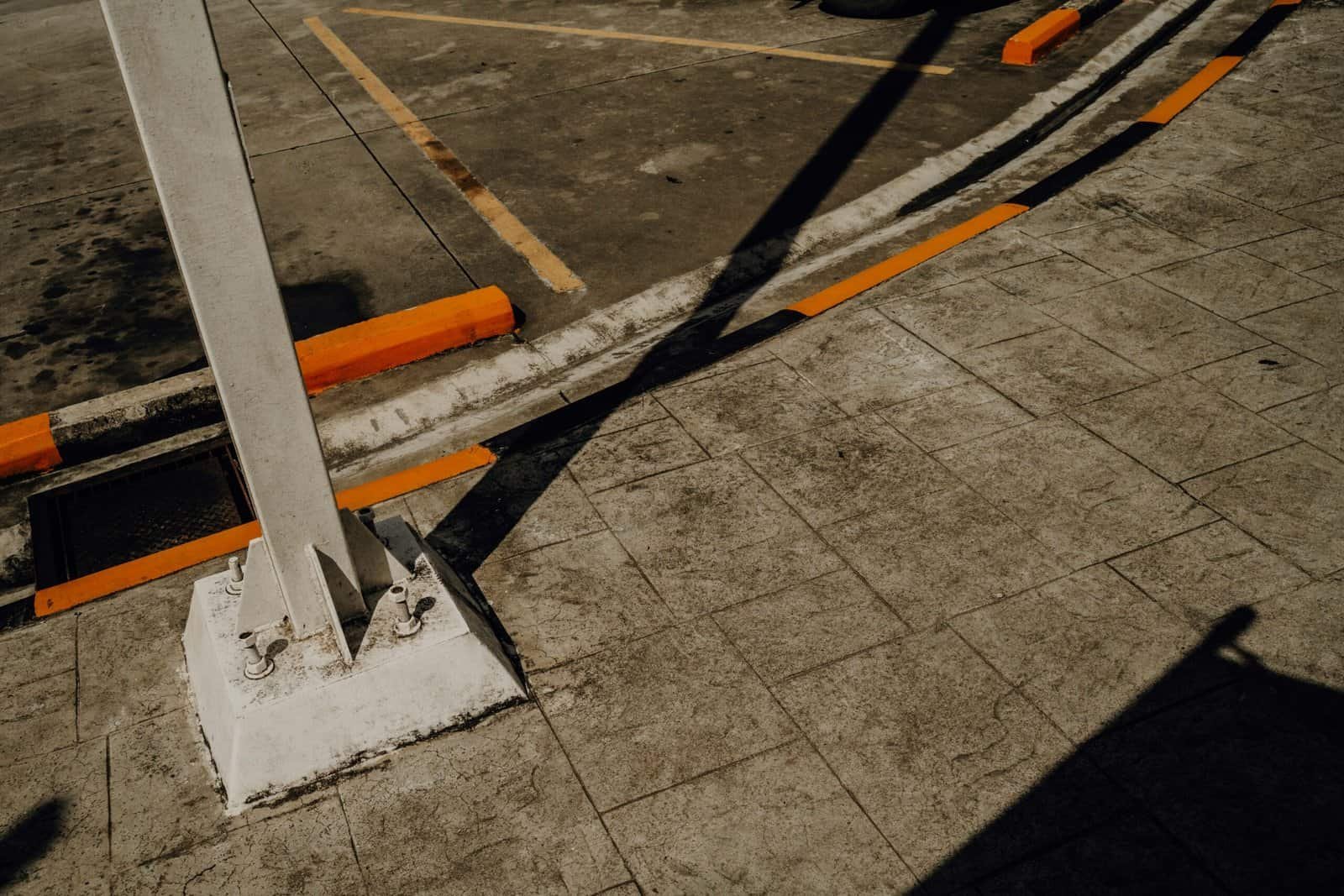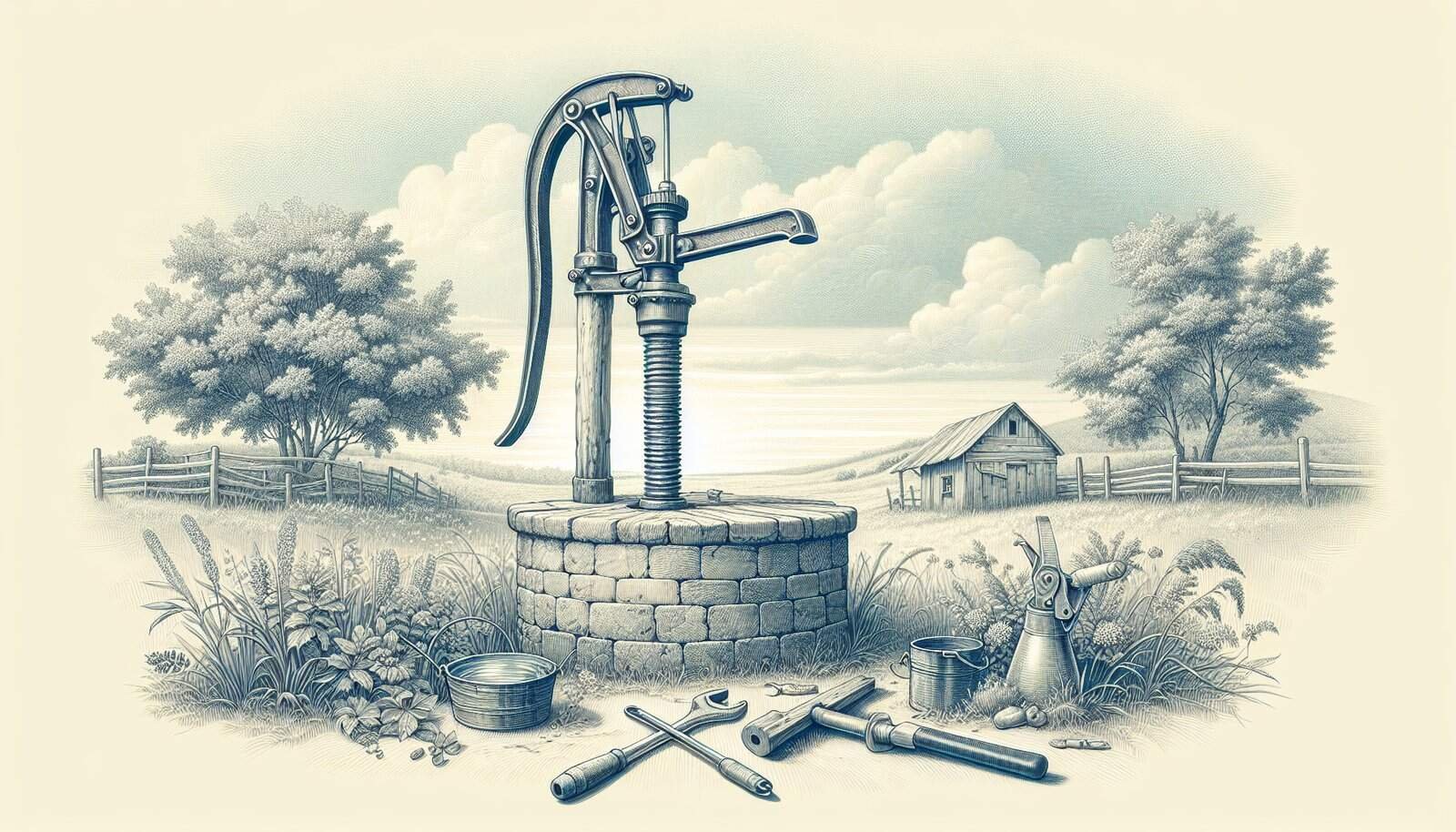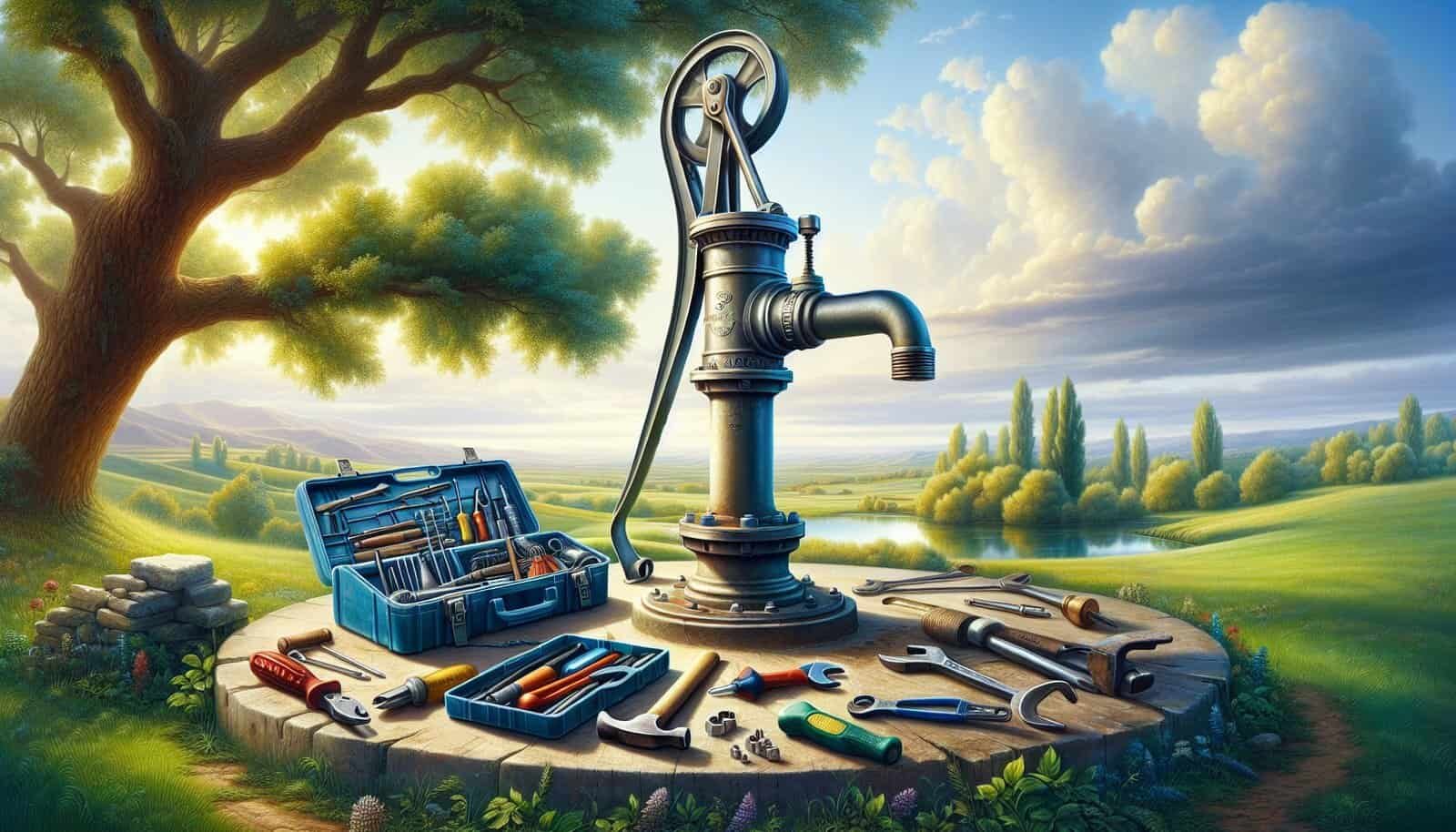Have you ever wondered where you can find videos that demonstrate well inspection procedures? It’s a practical query, especially if you’re looking to ensure your well is in top condition. In today’s world, having access to visual resources can make a massive difference in understanding and performing maintenance tasks on your well. Not only do these videos show you the hands-on aspects of inspecting a well, but they also provide critical insights into what to look for and how to manage issues effectively.
While there are written guides and instructions available, watching someone else perform the task can make it easier to grasp all the nuances involved in well inspections. This is not only useful for DIY enthusiasts but also for those who want to be more informed when hiring professionals. In addition to finding resources about inspection procedures, you might also be interested in learning about managing wells during periods of drought, which is increasingly relevant in many parts of the world today.
Let’s dive into the topic and explore where you can find these videos, the skills and insights you can gain from them, and the added resources available for drought management.
Understanding Well Inspection
Before venturing into where you can find these videos, it’s crucial to understand the components of a well inspection. A well inspection typically involves evaluating the physical state of the well, inspecting mechanical components, testing water quality, and ensuring compliance with safety standards. Being familiar with these aspects can enhance your understanding of the videos you watch.
Components of a Well Inspection
Structural Evaluation: This involves examining the well casing, cap, and any visible components for signs of damage or wear. Look for cracks, rust, or any other signs that may indicate a need for repair.
Mechanical Inspection: This part focuses on the pump and other mechanical parts, ensuring they are working correctly. It includes checking for unusual noises, vibrations, and ensuring all fittings are secure.
Water Quality Testing: Sampling the water to test for contaminants like bacteria, nitrates, and other potential pollutants forms a critical part of the inspection. This is essential for ensuring the water is safe for consumption.
Safety Checks: Assessing the surroundings for hazards, such as electric wiring or proximity to contaminants, adds a layer of safety to the inspection process.

Where to Find Well Inspection Videos
Now that you have a foundation on what well inspection involves, let’s look at where you can find quality videos demonstrating these procedures.
Online Platforms
The internet offers a treasure trove of resources, and several online platforms host videos on well inspection:
YouTube: As a widely used platform, YouTube hosts numerous channels dedicated to home maintenance, including well inspection. Channels like The DIY Network or Home Repair Tutor often include demonstrations of well inspections in their content.
Educational Websites: Websites such as Coursera or Udemy may offer courses that include video modules on well management and inspection. These platforms can provide structured content that is excellent for learning in a progressive manner.
Specialized Industry Websites: Check websites from organizations related to water quality and well management, such as the Water Systems Council or National Ground Water Association (NGWA). They might offer video content or links to reputable sources.
Government and Environmental Agencies
Many government agencies and environmental organizations provide resources to educate the public on well safety and management.
US Environmental Protection Agency (EPA): Their website often features video content and guides related to private well management, including inspection techniques.
State Water Departments: Some state departments have put together resources including instructional videos about well maintenance specific to the geography and climate of the region.
Professional Well Drillers or Inspectors
Pitching directly to the professionals can also be a great way to obtain informative videos:
Well Drilling Companies: Many professional well drillers and inspectors offer instructional videos on their websites or social media platforms to demonstrate their expertise.
Seminars and Workshops: Attending live seminars or webinars hosted by professionals in the industry can give you access to recorded sessions that are usually made available to attendees afterward.

Skills You Can Gain from Well Inspection Videos
Watching these videos isn’t just about passive observation. Engaging with this content can equip you with several valuable skills that may enhance your capacity to manage and maintain a well effectively.
Practical Knowledge of Tools
Watching the step-by-step use of tools gives you a better understanding of well inspection. Knowing how to handle equipment such as submersible pumps, pressure tanks, and testing kits can give you the confidence to conduct DIY inspections or at least know what to expect when a professional is doing the job.
Problem-Solving Abilities
Videos can prepare you with problem-solving techniques. They can show you how to troubleshoot common issues with wells, such as pressure loss, contamination, or mechanical failures. This proactive approach can save time and possibly prevent minor issues from becoming significant problems.
Emergency Readiness
In emergencies, being equipped with knowledge can make a substantial difference. Videos often cover tips on what to do during well emergencies, providing you with a plan of action that can help maintain safety and well integrity until a professional arrives.

Additional Resources for Managing Wells During Droughts
Besides well inspections, managing your well during droughts is crucial. During prolonged dry spells, water tables can drop, affecting your well’s ability to supply water. Here are some resources and tactics to help you navigate these conditions.
Water Conservation Techniques
Install Water-Saving Fixtures: Simple adaptations like low-flow showerheads and faucets can significantly reduce water use.
Behavioral Changes: Encourage shorter showers, turn off the tap while brushing teeth, and only run dishwashers or washing machines with full loads.
Monitoring Systems
Investing in technology can help manage your well water more efficiently.
Water Level Sensors: These can alert you when water levels drop to a concerning level, allowing you to take action before running dry.
Smart Meters: To help track water usage more precisely, smart meters can offer insights into possible leaks or areas where water use can be optimized.
Alternative Water Sources
Rainwater Harvesting: Setting up rain barrels can help supplement your water supply during times of need.
Greywater Systems: Reusing greywater for irrigation or other non-potable uses can preserve your well’s water for essential needs.
Drought Preparedness Plans
Having a preparedness plan simplifies the process of dealing with water shortages.
Identify Alternative Supplies: Know where you can get water if your well fails, such as municipal sources or bottled water suppliers.
Community Involvement: Engage with local well owner networks or water co-ops to share resources and strategies during droughts.

Ensuring Quality of Well Inspection Practices
Even if you’re gaining knowledge from videos, maintaining quality inspection practices should be your top priority.
Checklist for Inspections
Having a checklist can ensure no aspect of the inspection is overlooked. Here’s a basic example:
| Inspection Area | Tasks to Perform |
|---|---|
| Structural Evaluation | Check for cracks, rust, and deterioration |
| Mechanical Inspection | Examine pump function, fittings, and controls |
| Water Quality Testing | Test for contaminants and potability |
| Safety Checks | Assess for hazards, such as exposed wires |
Frequency of Inspections
Regular inspection schedules are crucial for ongoing well health but can vary depending on usage and environmental conditions. At a minimum, consider annual inspections, adjusting more frequently if signs of trouble appear or in regions prone to drought or other water shortages.
Professional Assistance
Although DIY might be tempting, sometimes the intricacies of well inspection are best left to professionals. Look for certified inspectors who can provide comprehensive reports and repair any issues beyond your expertise.

Conclusion
In obtaining videos that demonstrate well inspection procedures, you’re opening a world of practical knowledge that’s accessible and immensely useful. Whether you’re a DIY enthusiast or merely looking to be informed, these resources equip you to safeguard one of your most vital resources—your water. Beyond inspection, expanding your understanding of well management during droughts and integrating it into your routines can yield benefits far beyond immediate needs.
Remember that while videos offer an excellent learning avenue, complementing them with professional advice ensures that your well remains in the best possible condition. Take this opportunity to deepen your knowledge and approach well management with confidence and preparedness.
